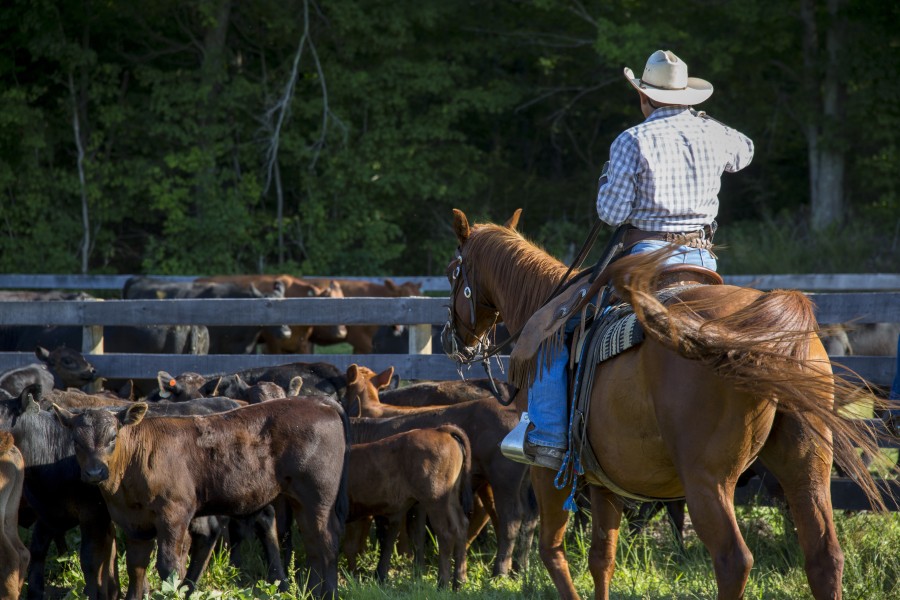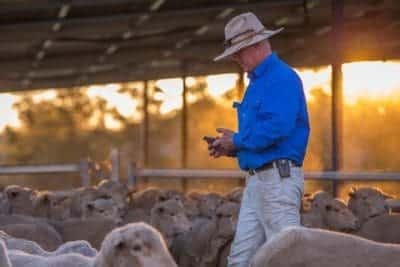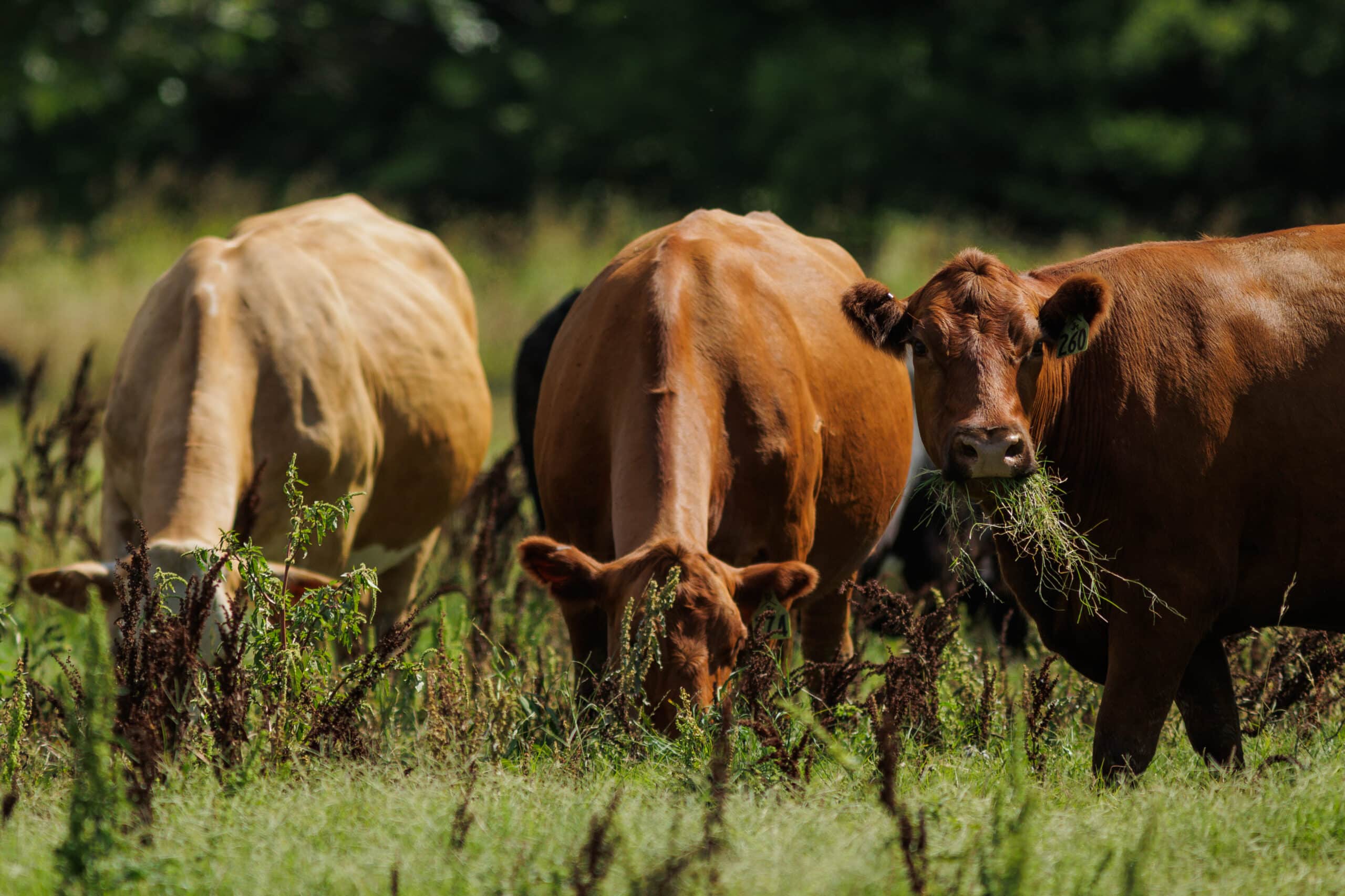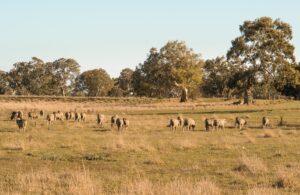Carbon offset market upheaval

This is installment two of a four-part carbon series written by AgriWebb’s Vice President of Sustainability, Nicole Buckley Biggs, PhD.
In my previous post, I discussed the choice between selling carbon offsets OR selling low-carbon meat, and how producers can’t do both. I also highlighted the emerging trends around carbon insetting, a direct challenge to the carbon offset industry.
Today I’m tackling Part 2: Upheaval in the carbon offset market because of issues with existing methodologies.
I want to start with my hat off to those who have been at this for years, navigating a complex space. I’ve interviewed and visited with hundreds of people who graze cattle or sheep, from California to Australia. In the vast majority of cases, there are common themes: a love of the land, and the importance of raising family to be in nature, produce food, care for animals, and work hard. Many of these families have decided to do something none of the past generations ever did: sign up for carbon projects. Through their work and experimentation, new lessons have been learned and opportunities for progress highlighted, and they have moved the whole industry forward.
Now, to kick things off: the carbon rumors are true. Carbon offsets have been very lucrative for some grazing operations enrolled in the carbon offset market, including six figure checks to US and Australian grazing operations.
At the same time, you may have noticed criticism in the press recently around low-quality carbon offsets, even making its way to Last Week Tonight with John Oliver. Experts have had concerns about the rigor of carbon offsets for years. And, it’s important for farmers and ranchers to know that not all carbon programs are the same. Offset programs vary significantly around what they require, what they’re measuring, how much evidence they need, and also the final offset price.
One of the biggest challenges surrounding carbon offset programs today is proving additionality. Carbon offsets are essentially a permit to pollute, which is sold to a polluting company so that they can write that greenhouse gas pollution off their books. Because of this, offsets should be based on a change of activity somewhere else, so that they can demonstrate ‘additionality’ – in other words, not business as usual.
In a carbon offset project, the income from selling an offset should be the underlying incentive for the farmer to make changes. If you don’t change farming practices or alter what you were planning to do anyway, then the fact that an offset project was created doesn’t matter. The producer keeps doing what they were doing, and so does the polluting company buying the offsets.
Carbon offset projects follow different published methodologies (or “protocols”). High-quality protocols will have multiple requirements intended to check that a project has real additionality. For example, the climate-smart practice you adopt for an offset project (like cover cropping or rotational grazing) should have low rates of adoption in your region. Otherwise, you’d likely be influenced by neighboring producers and you might have adopted the new practice anyway—without any offset payment being required.
Another characteristic of a high-quality offset program is that it accounts for not just soil carbon changes but all greenhouse gases. This matters because you might increase soil carbon through a climate-smart practice, but at the same time also increase nitrous oxide or methane emissions. That would reduce the overall carbon impact of a project. For this reason, a carbon offset project shouldn’t simply measure change in soil carbon in year and year 5 as the basis of offset payments. That approach would not provide enough information to understand the actual carbon impact.
Finally, and especially important in the context of grazing lands with volatile precipitation levels – which is where most cattle and sheep graze – high quality carbon offsets should account for the impact of precipitation on soil carbon. Why does rain matter? Because it can actually impact soil carbon more than grazing management changes do. Rigorous carbon projects can use a concept called dynamic baselines, where the amount of soil carbon expected on a piece of land is updated over time to account for changes in precipitation, so that offsets aren’t created based on changes in the weather rather than management changes.
Some offset protocols used by project developers today don’t ensure additionality. For instance, the BCarbon protocol developed by Rice University, while rigorous in its approach to soil sampling, does not require a change in practices, nor does it consider the impact of precipitation on soil carbon. (It also does not account for greenhouse gases.) If you signed up for a carbon project during a drought, and never changed practices but entered a period of more rain, you could receive carbon offset payments under that protocol even though you operated under business as usual.
But really, if producers still profit, what’s the issue?
Besides worsening climate change by enabling pollution, the other big issue I see with offset projects that have no additionality is reputational risk for the livestock industry.
Personally, I think farmers and ranchers have a good sense that these problems exist. That’s one reason why so many have taken a “wait and see” approach to carbon markets. Producers aren’t just trying to make sense of it all; they’re trying to understand their own risk. Based on AgriWebb’s 2023 State of the Global Farmer Report, which surveyed hundreds of grazing operations worldwide, roughly half of the producers surveyed said they’re waiting before jumping into carbon markets.
Offset project critiques in the news only raise societal concerns about climate change and what the public consumes. We’ve seen a number of critiques in the news recently, including concerns about forest sector offsets (here and here) and high profile criticism of Regen Network’s offset project on the Wilmot Cattle operation in Australia. Just this month, one of the world’s largest soil carbon projects on grazing lands, which sold offsets to Netflix and Meta, was suspended because of additionality issues on their 5M acre project.
Producers who are waiting for some of these issues to shake out are going to see significant changes to carbon offset protocols in the next couple of years. New protocols are being developed that can improve the rigor of the carbon offset industry.
One new, improved offset protocol for global agricultural lands is the Methodology for Improved Agricultural Land Management (called VM0042). An example of how this methodology improves on previous protocols is that it accounts for the impact of precipitation on soil carbon. There is a revised (2.0) version currently in the process of being approved by Verra, a non-profit group setting standards for carbon offsets. Carbon offset projects that use the VM0042 protocol will face less risk of future bad PR or project cancellation.
In Australia specifically, farmers operating under the government-run carbon credit program have several other, rigorous protocols available to them. These include protocols based on reducing methane emissions through productivity improvements rather than improved soil carbon.
Given that different carbon offset companies use different protocols, here’s what you should ask project developers to get the full story:
- Which protocol do they use for their program?
- Do they account for changes in precipitation over time?
- Do they account for all greenhouse gases or just soil carbon?
Also, as I mentioned in my first post, you do have a choice between signing an offset contract or waiting as the carbon insetting market develops around corporate Net Zero goals. Waiting could help you better evaluate which option will be more profitable and feasible for your operation.
Another big challenge for grazing offsets that I didn’t cover here is the lack of adequate research testing the impact of intensive rotational grazing on soil carbon. I’ll be covering this in Post 4 of this series, including how AgriWebb is supporting several grazing trials to advance knowledge on this topic.
If you’re interested in learning more about carbon offsets on grazing lands before jumping in, I recommend these two great guides:
- “Should I Sell Carbon Credits? A Decision Guide for Ranchers” (King Ranch Institute)
- Rangelands Carbon Market Report (Texas A&M)
In next week’s post, I’ll talk about the central role of digital farm records across all of these projects, whether for carbon offsets, insets, or certification programs. I’ll cover what farm records these programs require; how to make it easier to collect and share your records while also maintaining data privacy; and simple things you can do once you digitize that can improve the financial health of your operation, even without offset payments.
Thanks for tuning in!



